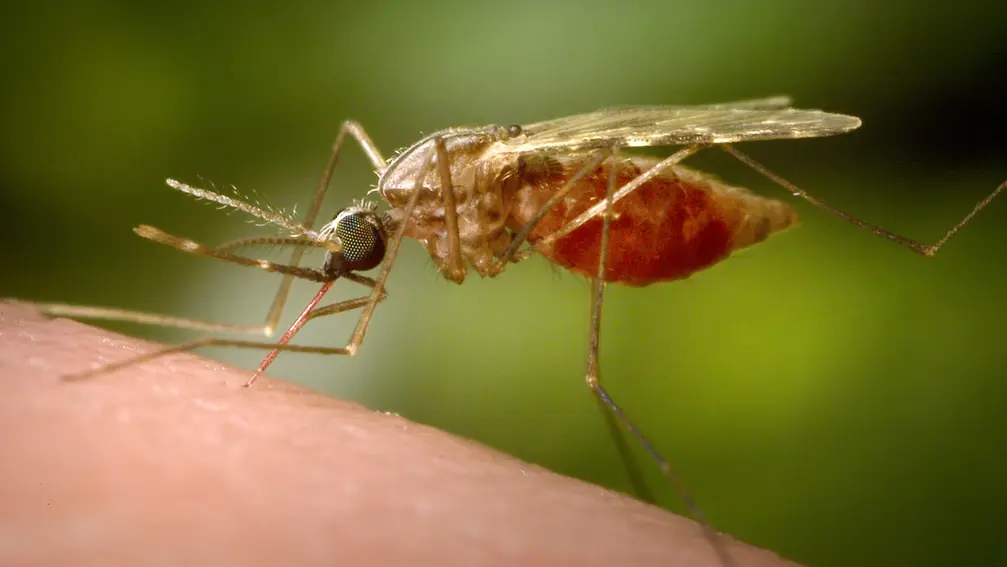T4K3.news
Chikungunya Virus Outbreak in Guangdong Province
Over 7,000 cases reported in China with strict quarantines and health measures in place.

A chikungunya virus outbreak in Guangdong province prompts strict health measures reminiscent of COVID controls.
Chikungunya Virus Outbreak in China Raises Public Health Concerns
In Guangdong province, China, over 7,000 cases of the chikungunya virus have been reported across at least 13 cities. This mosquito-borne virus, not transmitted between people, has resulted in heightened health measures similar to those seen during the COVID pandemic. Nearly 3,000 cases emerged just last week, mainly in Foshan, the hardest-hit city. Quarantine measures now require infected individuals to remain in hospital under mosquito nets until they test negative. Authorities are also conducting inspections to eliminate potential mosquito breeding sites, with fines for non-compliance. Innovative methods, such as introducing predatory mosquitoes and using drones for monitoring, are being employed to combat the outbreak.
Key Takeaways
"Chikungunya is usually a rarity in China but now has spread rapidly."
This quote underscores the unexpected nature of the current chikungunya outbreak.
"Infected patients remain in hospital quarantine under mosquito nets until cleared."
This highlights the strict measures being implemented to control the outbreak.
"Authorities are introducing giant mosquitoes to combat carriers of the virus."
This innovative approach reflects evolving strategies in public health response.
"Compliance with health regulations now includes fines and electricity cuts."
This illustrates the seriousness with which local authorities are approaching the outbreak.
The response to the chikungunya outbreak in China reveals the lasting impact of the COVID-19 pandemic on public health strategies. Officials are implementing rigorous controls, highlighting the balance between precaution and public cooperation. Measures reminiscent of pandemic-era restrictions raise awareness of mosquito-borne viruses, which have often been overlooked. The introduction of predatory species and incentive-based compliance suggests an evolving approach to managing infectious diseases. This outbreak emphasizes the urgent need for effective communication in public health initiatives to ensure community engagement and adherence to guidelines.
Highlights
- Chikungunya virus shows how quickly health threats can escalate.
- Public health measures mirror COVID restrictions for a mosquito-born virus.
- Innovative solutions like predator mosquitoes are emerging in disease control.
- Public cooperation is crucial to preventing the spread of chikungunya.
Health Risks Emerge from Chikungunya Outbreak
The spread of chikungunya in Guangdong province raises concerns about public health safety and the effectiveness of emergency measures. The imitation of strict COVID protocols signifies the potential for backlash against enforceable health regulations, impacting community compliance during health emergencies.
With the escalating situation, continued vigilance is essential in both prevention and response efforts.
Enjoyed this? Let your friends know!
Related News
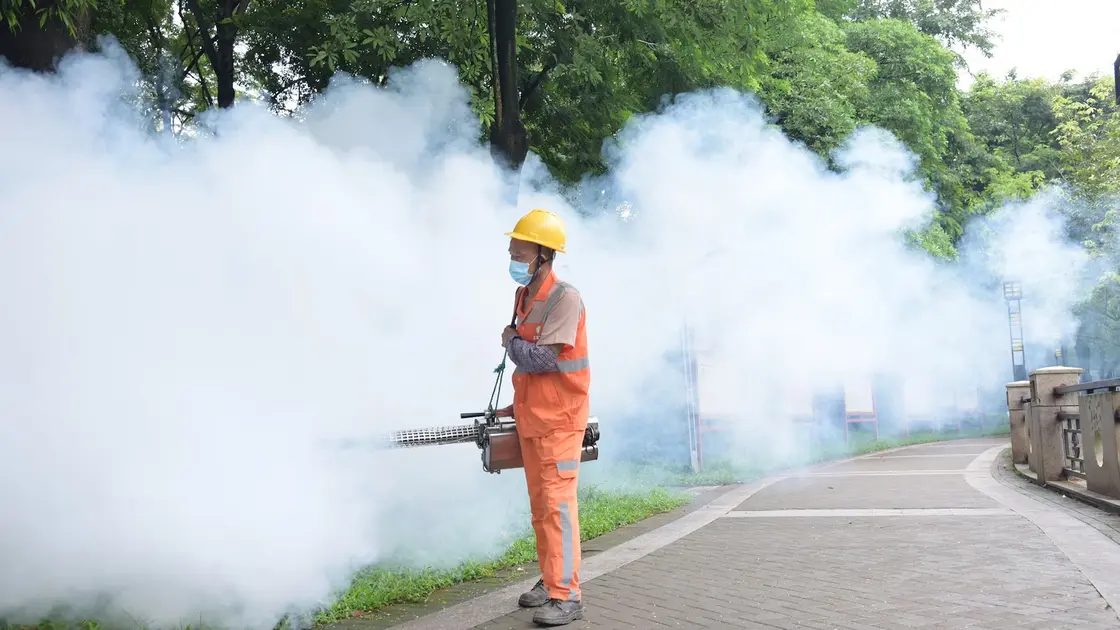
CDC issues travel warning for chikungunya outbreak in China

Chikungunya outbreak reported in southern China
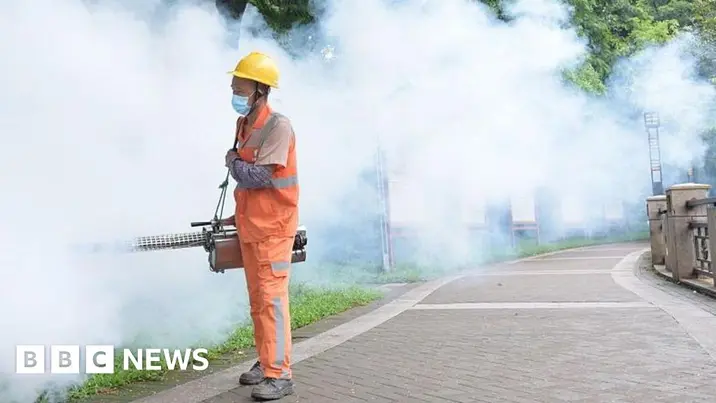
Guangdong province reports over 7,000 chikungunya cases
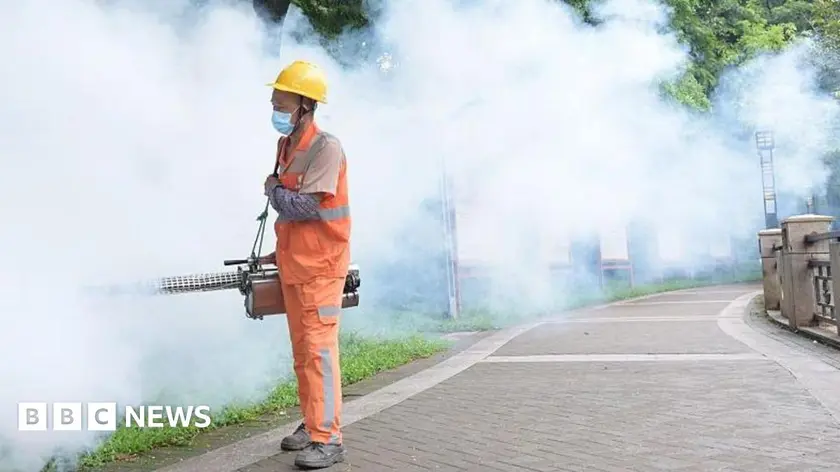
China reports over 7000 chikungunya cases

Chikungunya virus outbreak in China confirmed

China reports over 7,000 chikungunya virus cases

China faces significant chikungunya outbreak
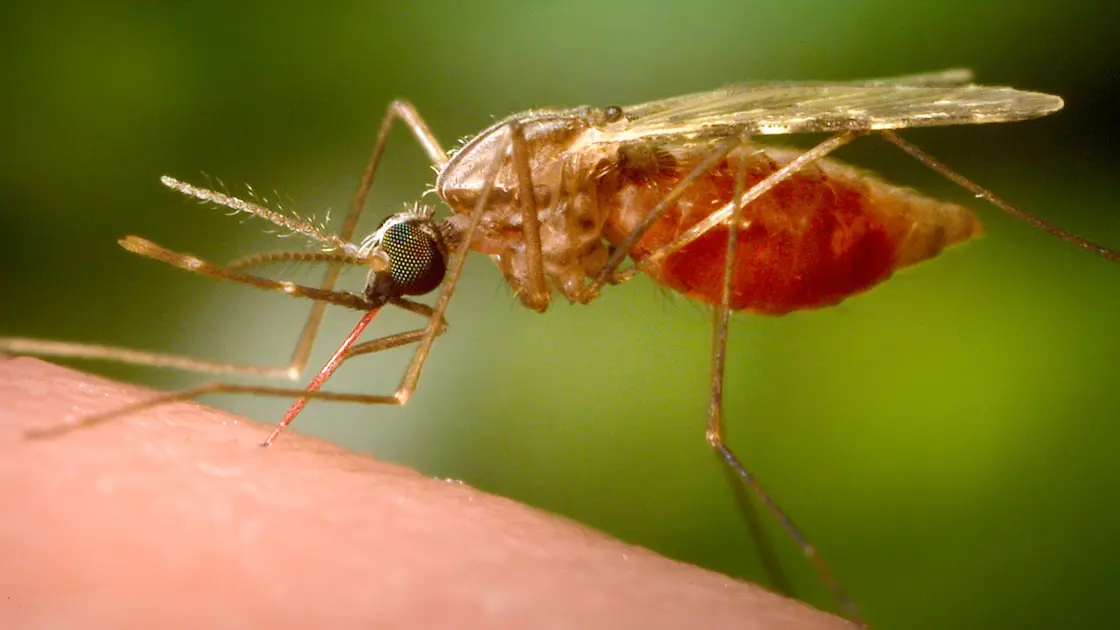
Chikungunya virus cases surpass 7,000 in China
